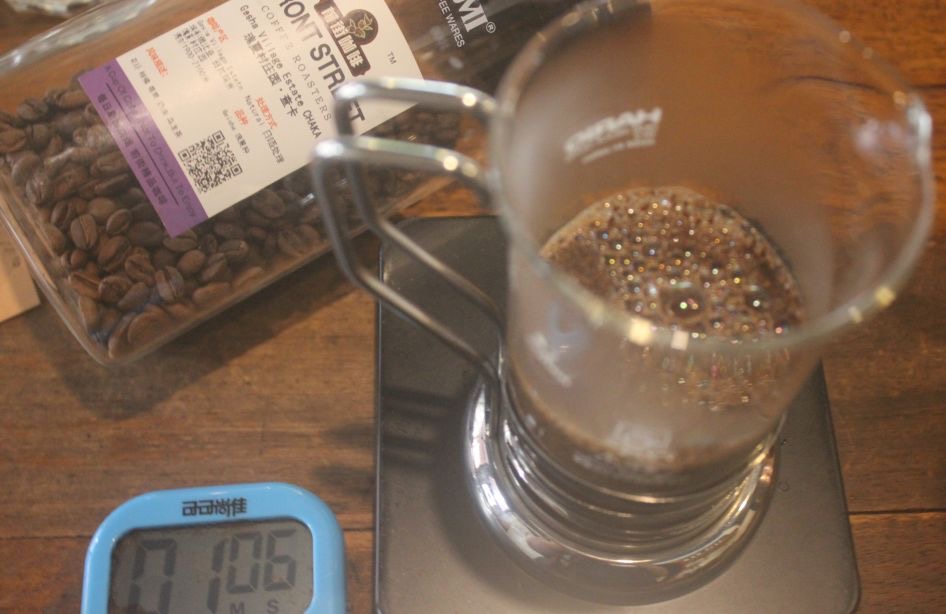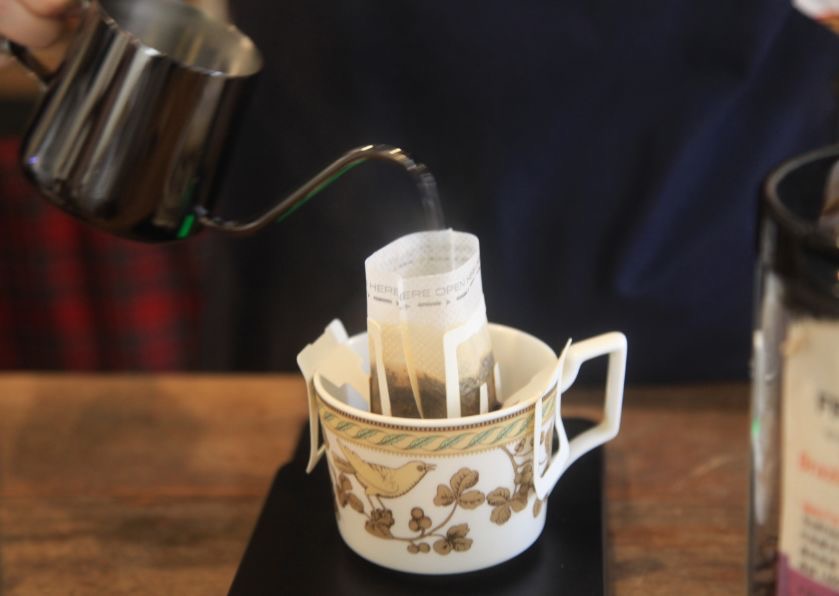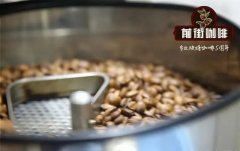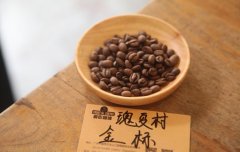Several brewing methods of coffee which kind of coffee brewing method good coffee brewing steps

Brewing coffee is a beautiful art of action, and it is also the last mile to taste delicious coffee and open up the sensory experience. Here are some common ways to brew coffee to kick-start our aesthetics of life:
Espresso: espresso (Espresso) is made from compacted coffee pressed powder using hot water at about 90 degrees Celsius at 9 atmospheric pressure (bar). Usually, a cup is only 30 milliliters, with a reddish-brown foam oil (Crema) floating on the surface, suitable for coffee lovers who like strong coffee. The features are:
Fast extraction: an average of 30 seconds can be made into a cup of coffee, the step is simple, the skill is not difficult, almost all commercial coffee is the preferred brewing method.
A variety of choices: can be drunk directly, can also be made into lattes, macchiato, cappuccino and other fancy coffee. Shops also often use self-made coffee beans to show their unique coffee characteristics.
The equipment is expensive: so it is more used by the shopkeeper and less for household use.
Hand-brewed coffee: it is a favorite of many coffee people. although the utensils are simple, the process is to pour hot water on the coffee powder and extract the coffee through filter paper and filter cup. the whole brewing process is about 3 to 4 minutes. However, because the flow rate, direction and temperature of the hot water are all controlled by the brewer, the flavor of the coffee brewed is different almost every time, and the brewing experience is more fun. The features are:
The utensils are easy to use: just make the pot, filter cup and filter paper. Brewers are more skilled and experienced than using machines, but they can also adjust their own factors, so they can produce a unique and good taste.
Coffee flavor diversity: the flavor of coffee brewed under different conditions is different, very distinctive.
Siphon coffee: the siphon pot (Siphon), which originated in Germany, is a tool that uses the pressure generated by boiling water to cook coffee. It has been around for nearly 200 years. The machine is beautiful in shape, complex and exquisite in structure, the finished product is clear and non-precipitated, the taste is thick and rich, but the usage is not easy to master. The features are:
Full-bodied palate: retro cafes and widely used in Japan.
Beautiful shape: like a scientific experiment-like cooking utensils, very distinctive.
The operation is not easy: when the water temperature is too high, the coffee powder will be scorched to cause bitterness, the soaking for a long time will produce astringent taste, and excessive stirring will have sour taste. Therefore, siphon pots require considerable experience to be used properly.
Mocha pot: also known as the top Italian coffee pot, heated on the stove to steam the water, increase the pressure in the bottom compartment, push the water up over the fine grains of coffee, and finally into the upper compartment. When the coffee fills the upper compartment, it can be poured out. The features are:
Thick taste: between espresso and siphon coffee.
Easy to carry: sturdy and durable, easy to use, good companion for camping.
Pay attention to safety in use: because of the pressure, pay attention to the control of the fire when cooking, and the water in the pot can not be flooded with the pressure relief valve.
Generally speaking, there are many factors that affect the flavor of coffee. As far as brewing is concerned, if the coffee taste is too sour, it may be due to insufficient extraction, you may try to lengthen the brewing time or grind the coffee beans a little bit; if it is too bitter, it may be due to excessive extraction. Try to thicken the coffee, or shorten the brewing time to slow down the extraction.

Last but not least, tasting delicious espresso coffee is a small step:
Coffee packaging is marked with the baking date. It is recommended to cultivate beans for 10 days after baking, and the best tasting period is within 30 days after baking. It is recommended to start tasting from the earliest items on the baking day.
The filter bag contains 13g coffee powder, the flavor of coffee beans is easy to lose after grinding, please enjoy it as soon as possible after opening, the recommended brewing water is 170195 c.c.
Grinding suggestion: Italian coffee grinding: fine grinding; hand coffee grinding: medium grinding, EK about 14: 14.5, small Fuji 4.5, Pegasus 5, Kalita series about 4.5: 5, can be adjusted according to preference.
Cooking suggestion: the proportion of hand-flushed powder is 1: 13: 15, such as 15 grams of powder, about 195~225c.c. Amount of water.
Medium-deep baking water temperature: 88-92 degrees; shallow baking water temperature: 91-95 degrees.
The recommended brewing time for hand brewing is as follows: 1 the brewing time is 45 seconds 2 and 10 (including steaming time), and the extraction time for Italian coffee is 24 seconds to 30 seconds.
Important Notice :
前街咖啡 FrontStreet Coffee has moved to new addredd:
FrontStreet Coffee Address: 315,Donghua East Road,GuangZhou
Tel:020 38364473
- Prev

How coffee beans bake raw coffee beans how to bake coffee beans baking schedule
A good cup of coffee, delicious flavor depends on three elements, 60% is the quality and type of raw beans, 30% is the degree of roasting, 10% is the way of brewing. Interestingly, the aroma and taste of coffee are produced after baking; during the roasting process, the water of raw coffee beans evaporates, the weight decreases, the color deepens, the volume expands, and the aromatic oil is slowly released. In addition, raw beans
- Next

Geographical Environment of Coffee Bean Rosa Village in Ethiopia
Rosa coffee, native to Ethiopia's Gori Gesha forest, has become one of the most popular coffee varieties after decades of circulation. Different from the rosy summer experience of four different countries launched by Zhanlu last year, this time we especially lead you to fully experience the hometown of rosy summer-Rose Summer Village in Ethiopia. Guoxia Village is located in Bench-Maji, southwest of Ethiopia.
Related
- Beginners will see the "Coffee pull flower" guide!
- What is the difference between ice blog purified milk and ordinary milk coffee?
- Why is the Philippines the largest producer of crops in Liberia?
- For coffee extraction, should the fine powder be retained?
- How does extracted espresso fill pressed powder? How much strength does it take to press the powder?
- How to make jasmine cold extract coffee? Is the jasmine + latte good?
- Will this little toy really make the coffee taste better? How does Lily Drip affect coffee extraction?
- Will the action of slapping the filter cup also affect coffee extraction?
- What's the difference between powder-to-water ratio and powder-to-liquid ratio?
- What is the Ethiopian local species? What does it have to do with Heirloom native species?

